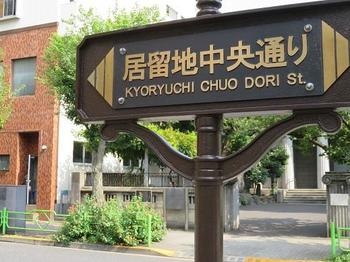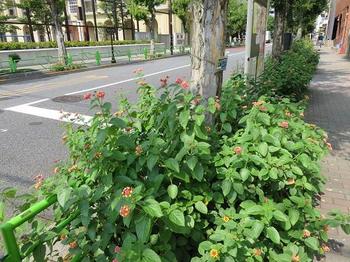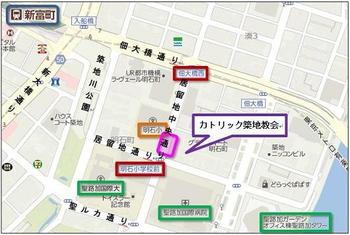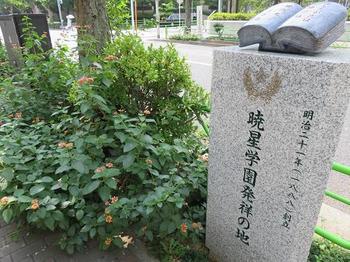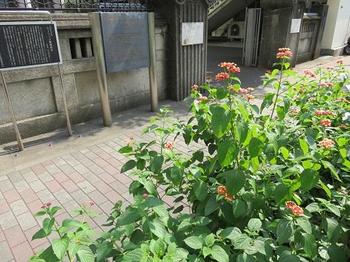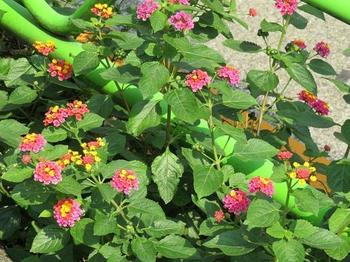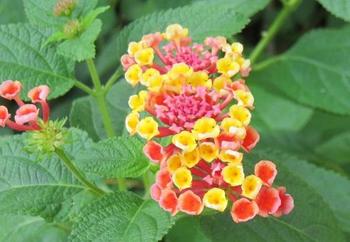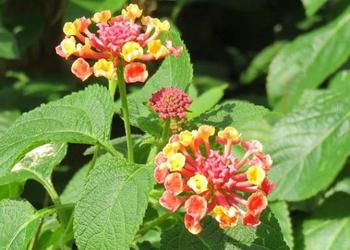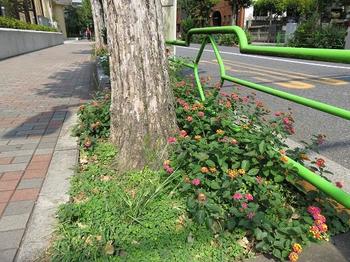"Residential Chuo-dori" is the border between "Irifune" and "Minato" in Chuo-ku, and also the street that passes through the center of "Akashicho".![]()
"Residential land" refers to Tsukiji foreign settlement that was established around here at the beginning of the Meiji era.![]()
![]() The intersection where "Idomechi Chuo-dori" and "Idomechi-dori" intersect is the "Akashi Elementary School Intersection",
The intersection where "Idomechi Chuo-dori" and "Idomechi-dori" intersect is the "Akashi Elementary School Intersection",![]() and this intersection
and this intersection![]() is composed of Akashi Elementary School, Catholic Tsukiji Church, St. Luke International Hospital, and St. Luke International Hospital Old Building.
is composed of Akashi Elementary School, Catholic Tsukiji Church, St. Luke International Hospital, and St. Luke International Hospital Old Building.![]()
Vivid pink, orange, and yellow flowers are blooming at the base of the street tree along Chuo-dori, a settlement north of the intersection![]() in front of Akashi Elementary School (map above
in front of Akashi Elementary School (map above![]() , pink b).
, pink b).![]()
By the way, on both sides of this street, there are many monuments indicating that they are the birthplace of so-called mission schools.![]()
![]()
The photo above ![]() is the monument of the birthplace of Xiaosei Gakuen.
is the monument of the birthplace of Xiaosei Gakuen.![]()
![]()
![]()
The flower that blooms is Lantana. The Japanese name is Shichihenge (seven change).![]()
It is an evergreen small shrub belonging to the genus Cychigenge, native to Central and South America.![]()
It is said that the seven changes in the Japanese name are derived from the gradual change in the color of the flower.![]()
The flowering time is long from May to November, and it continues to bloom.![]()
By the end of this flower, it's almost winter![]() .
.![]()
![]()
![]()
![]()
![]()
![]()
![]()
![]()
![]()
![]()
